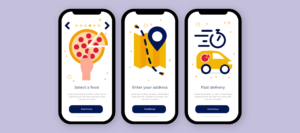How to Make an App like Google Maps? Google Map App Development -Detailed Guide (2024)
In today’s interconnected world, navigation apps have become integral to our daily lives. Google Maps stands tall as a leading navigation and mapping app among the top contenders in this space. According to Statista, as of 2022, Google Maps was the most downloaded map and navigation app in the United States. Have you ever wondered what creating an app like Google Maps takes? If so, you’ve come to the right place.
In this detailed guide, we will delve into the process of developing an app similar to Google Maps, unlocking the secrets behind its success. From defining the scope, acquiring mapping data, designing the user interface, and implementing core features, we will explore the essential steps in creating a robust navigation app. We will also discuss factors such as testing, maintenance, and cost considerations, providing a comprehensive understanding of what it takes to embark on this exciting journey.
So, if you’ve ever dreamt of developing your navigation app akin to Google Maps, grab a seat, and let’s dive into the world of Google Map app development, where innovation and navigation merge seamlessly.
How Does the GPS Navigation App Work and Why is Google Maps Notable?
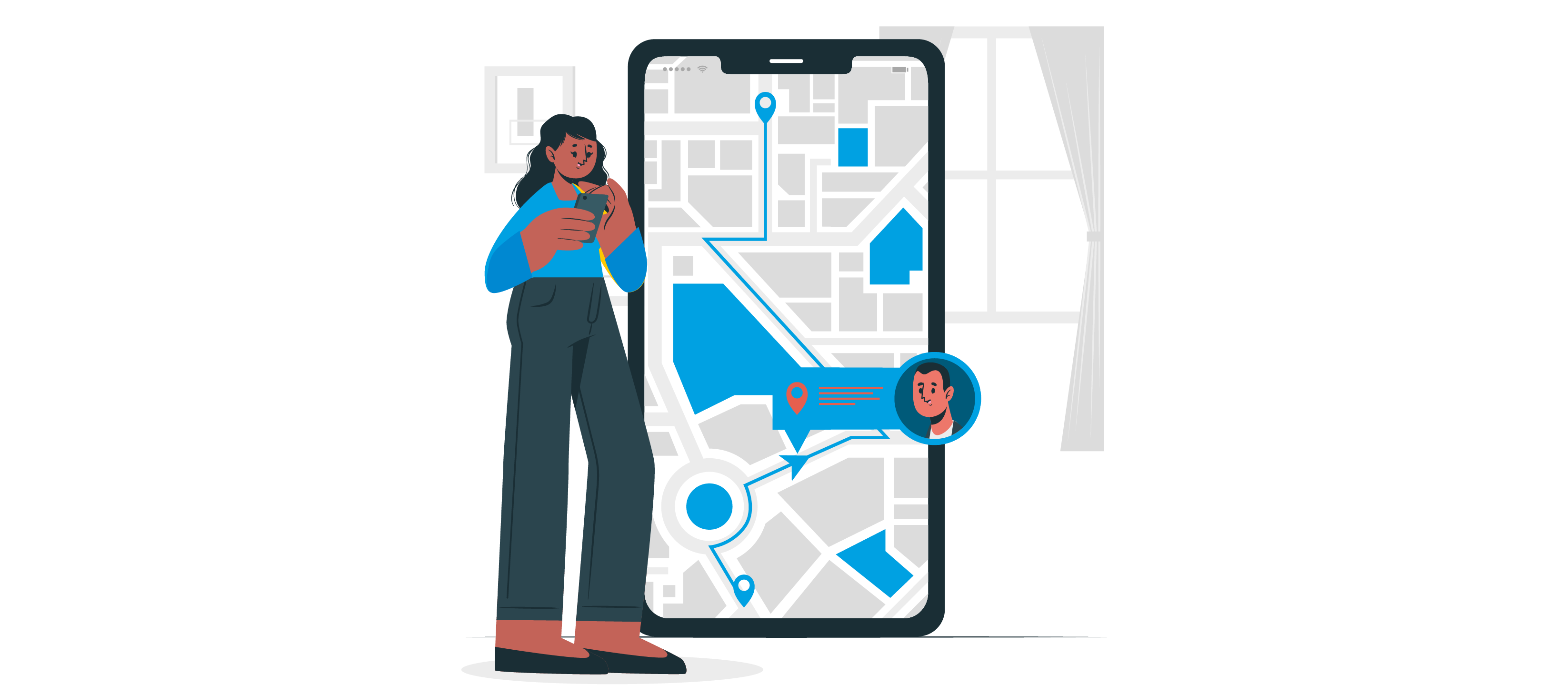
The GPS navigation app is a remarkable technological advancement transforming how we navigate our surroundings. By utilizing a network of satellites in space, the app receives signals from these satellites to determine the user’s precise location on Earth. It then combines this information with detailed mapping data to provide turn-by-turn directions and real-time navigation assistance.
Among the various GPS navigation apps available, Google Maps is one of the most notable. With its vast coverage of over 220 countries and territories, Google Maps offers accurate and detailed information about locations, directions, and traffic conditions. Its user-friendly interface allows for seamless searching of businesses, landmarks, and addresses. Integrating satellite imagery, Street View, and real-time updates further enhances its usefulness.
Google Maps has become an essential tool for individuals and businesses, enabling them to showcase their services and reach a broader audience. Its reliability, comprehensive features, and continuous innovation have made it the go-to choice for millions of users worldwide. Whether navigating a familiar city or exploring new territories, Google Maps has proven to be an indispensable companion for efficient and hassle-free navigation.
What Features Your App May Have?
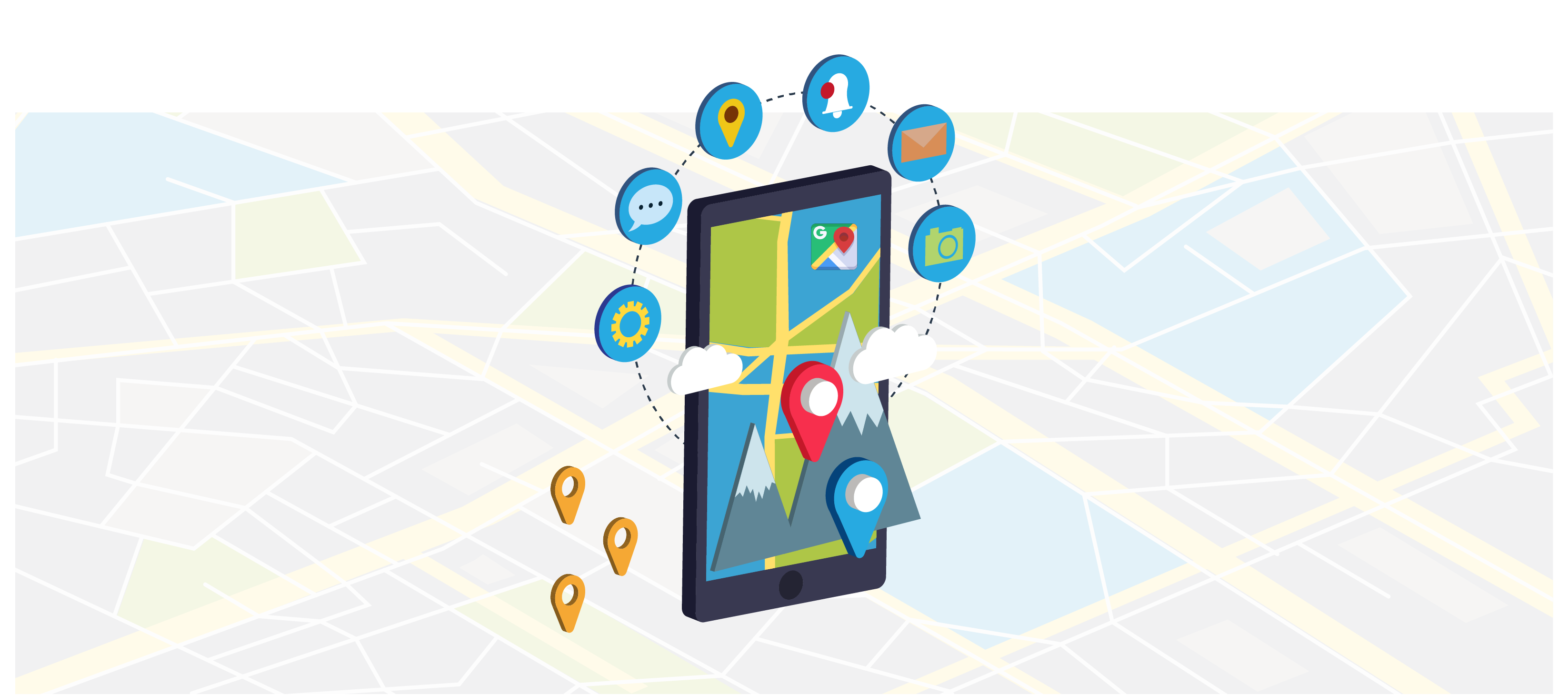
1. Accurate and Reliable Navigation –
A navigation app must provide accurate and reliable directions, ensuring users reach their destinations efficiently. It should have up-to-date mapping data, real-time traffic information, and alternative route suggestions to avoid congestion or road closures.
2. User-Friendly Interface –
A user-friendly interface is crucial for a navigation app. It should be intuitive and easy to navigate, allowing users to quickly input their destination, view their current location, and access additional features like search, bookmarking, and customization options.
3. Real-Time Traffic Updates –
Live traffic updates are essential for a navigation app to help users avoid traffic jams and select the fastest routes. The app should provide real-time information on traffic conditions, accidents, construction, and road closures to ensure users can make informed decisions and save time during their journeys.
4. Integration of Public Transportation –
An excellent navigation app should include integration with public transportation systems. This feature enables users to plan routes that combine driving, walking, cycling, and public transportation options, providing comprehensive and efficient navigation solutions for urban areas.
5. Offline Maps –
Offline functionality is crucial, especially in areas with limited or no internet connectivity. The app should offer the ability to download maps and use them offline, ensuring uninterrupted navigation even in remote locations or when traveling abroad without access to data.
6. Points of Interest (POI) –
A navigation app should have a comprehensive database of points of interest, such as restaurants, gas stations, hotels, landmarks, and more. Users should be able to easily search for and find nearby POIs along their route, making it convenient to locate amenities or attractions while traveling.
7. Voice-Guided Turn-by-Turn Directions –
Voice-guided navigation is an essential feature that provides spoken instructions to users, eliminating the need to look at the screen constantly while driving. Clear and timely voice prompts for upcoming turns, lane guidance, and distance estimations ensure safer and more convenient navigation.
8. Integration with Other Apps and Services –
Seamless integration with other apps and services enhances the functionality of a navigation app. This can include integration with ride-sharing services, allowing users to book rides directly from the app, or integration with music streaming apps, enabling users to control their music playback without leaving the navigation interface.
9. Multi-Platform Syncing and Cloud Backup –
A navigation app should offer multi-platform syncing, allowing users to seamlessly access their saved locations, routes, and preferences across different devices. Additionally, cloud backup functionality ensures that users’ data is securely stored and can be restored if they switch devices or reinstall the app.
10. Integrated Reviews and Ratings –
Integrating user reviews and ratings for businesses and points of interest within the app can greatly enhance the navigation experience. Users can benefit from insights and recommendations from other users, helping them make informed decisions about where to eat, stay, or visit along their route.
How to Make an App like Google Maps?
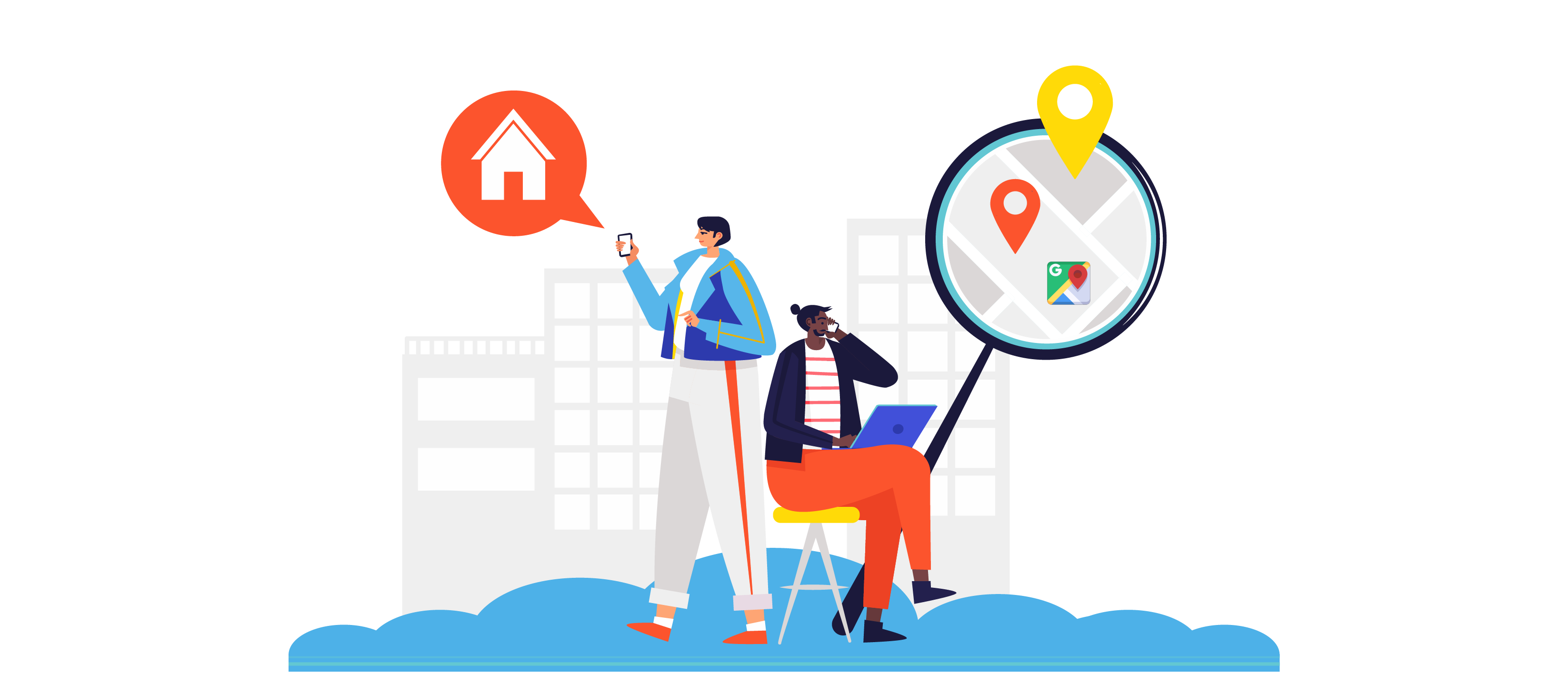
Creating an app like Google Maps requires careful planning, development expertise, and mapping and location data access. Here is a high-level overview of the steps involved in making an app like Google Maps:
- Define the Scope and Features: Start by clearly defining the purpose and scope of your app. Determine the core features you want to include, such as mapping, navigation, search functionality, real-time traffic updates, and additional features like public transportation integration or offline maps.
- Acquire Mapping and Location Data: To provide accurate mapping and location services, you need access to mapping and geolocation data. You can consider using APIs provided by mapping platforms like Google Maps, Mapbox, or OpenStreetMap, which offer mapping, geocoding, and routing capabilities.
- Design the User Interface (UI) and User Experience (UX): Create a user-friendly and intuitive interface for your app. Design the UI elements, navigation menus, search bars, and map display to provide a seamless and visually appealing experience. Consider usability principles, such as easy-to-understand icons, clear labeling, and efficient workflows.
- Develop the App: Hire experienced developers or a development team to build the app. Depending on the platform you choose (iOS, Android, or both), you’ll need skilled programmers proficient in languages like Swift (iOS) or Java/Kotlin (Android) to develop the frontend and backend components of the app.
- Implement Core Features: Start with the fundamental features like map display, zooming, panning, and basic search functionality. Gradually add features like turn-by-turn navigation, real-time traffic updates, voice guidance, public transportation integration, and other features specific to your app.
- Test and Debug: Thoroughly test your app to ensure it functions correctly and provides accurate navigation and search results. Test for various scenarios, including locations, routes, and network conditions. Fix any bugs or issues that arise during the testing phase.
- Add Additional Features and Enhancements: Continuously improve and enhance your app by adding features like points of interest, reviews and ratings, multi-platform syncing, cloud backup, integration with third-party services, and other functionalities that will enrich the user experience.
- Ensure Data Security and Privacy: Implement strong security measures to protect user data, especially when dealing with sensitive information such as location data or user preferences. Comply with privacy regulations and obtain necessary permissions from users for collecting and using their data.
- Launch and Maintain: Prepare your app for release by submitting it to the respective app stores (Google Play Store, Apple App Store). Monitor user feedback and reviews, and provide regular updates and bug fixes to maintain the app’s performance and address user needs.
Remember that creating an app like Google Maps is complex and resource-intensive. It often requires a dedicated team of developers, designers, and data experts and substantial investments in mapping data and infrastructure.
How much does it Cost to Build an App like Google Maps?

Building an app like Google Maps can be a complex and costly endeavor. The cost will depend on various factors, including the scope of features, development platform(iOS, Android, or both), design complexity, team size, and development rates. While it is difficult to provide an exact figure, here’s a general breakdown of the cost:
- Development Complexity: The complexity of the app is a major cost driver. Google Maps has many features, including mapping, navigation, real-time traffic, satellite imagery, street view, and more. Implementing similar features will require significant development effort and contribute to the overall cost.
- Design and User Interface: A user-friendly and visually appealing interface is crucial. The cost will depend on the complexity of the design, including map display, route visualization, interactive elements, and overall aesthetics.
- Testing and quality assurance: Rigorous testing and quality assurance processes are crucial to ensure a stable and reliable app. This includes functional testing, compatibility testing across different devices and platforms, and user acceptance testing.
- Ongoing maintenance and updates: The cost of maintaining and updating the app should be considered after the initial development phase. This includes bug fixes, performance optimizations, security updates, and compatibility with new operating systems or devices.
What are the Most Typical Problems with GPS Navigation Apps?
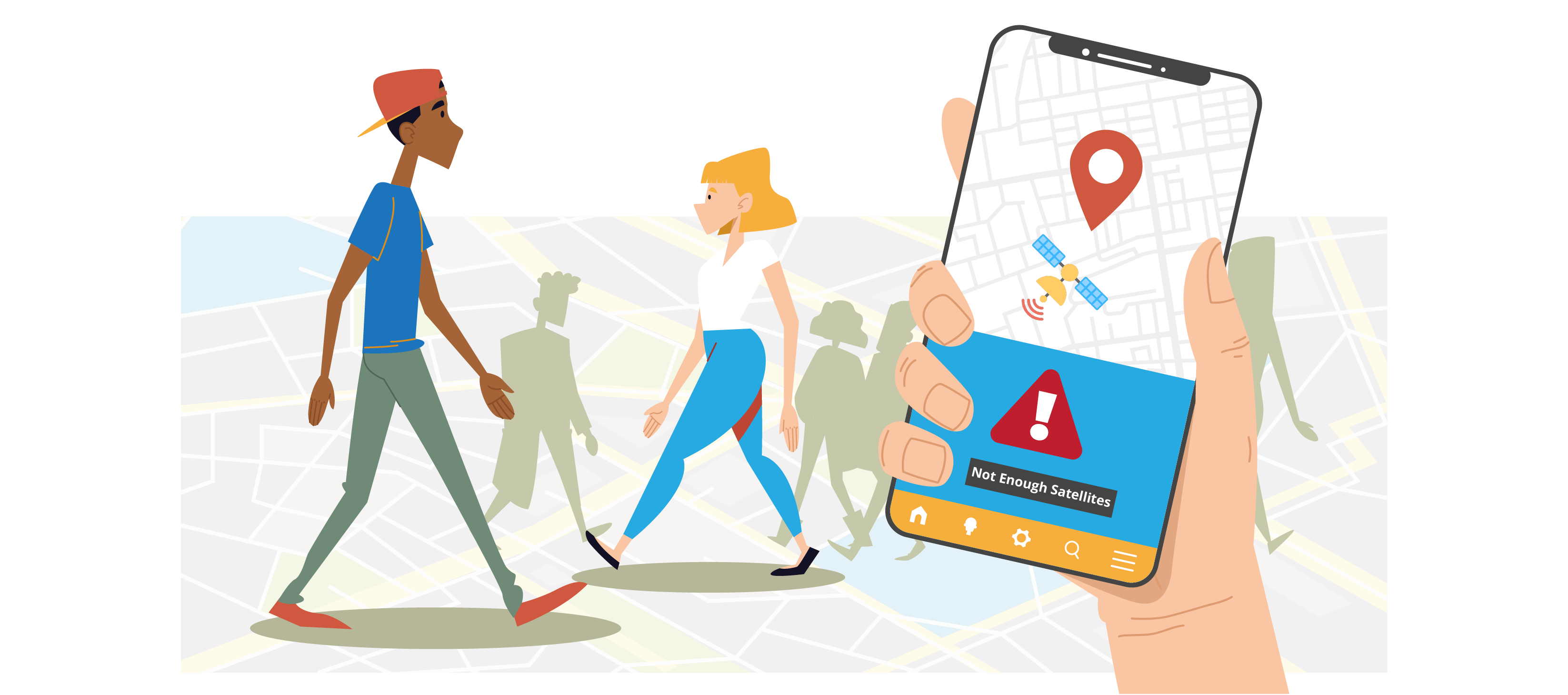
GPS navigation apps have become an integral part of our daily lives but are not without their share of issues. Here are some of the most typical problems associated with GPS navigation apps:
- Inaccurate or outdated maps: GPS apps rely on map data, and if the maps are not regularly updated, they may not reflect recent changes in roads, construction sites, or new addresses. This can lead to incorrect directions and confusion for users.
- Signal issues: GPS navigation relies on a stable and strong satellite signal. Obstacles like tall buildings, tunnels, or dense forests can interfere with the signal, resulting in poor accuracy or complete signal loss. Poor network connectivity can also impact the app’s ability to download map updates or access real-time traffic information.
- Battery drain: GPS navigation apps require continuous use of location services and can consume a significant amount of battery power. This can be especially problematic during long drives or when using navigation for extended periods without a charger.
- Slow or laggy performance: Some GPS apps may suffer from slow performance, especially when processing complex routes or searching for destinations. Slow response times, delays in recalculating routes, or unresponsiveness to user input can lead to frustration.
- Lack of offline functionality: Many GPS apps require a constant internet connection to download maps and traffic data. If you lose connectivity or travel to an area with poor network coverage, the app may become unreliable or cease functioning altogether. Offline maps and navigation options are essential for areas with limited connectivity.
- Confusing or complex user interfaces: Some GPS navigation apps can have cluttered or unintuitive interfaces, making it challenging to find certain features or navigate the app. This can result in frustration and decreased usability, especially for new users.
- Incorrect routing or directions: Despite advances in mapping technology, GPS apps can occasionally provide incorrect or suboptimal routing. This can lead to longer travel times, unnecessary detours, or even directing users to inaccessible or prohibited areas.
Our Suggestions for Creating a Successful GPS Navigation App like Google Maps
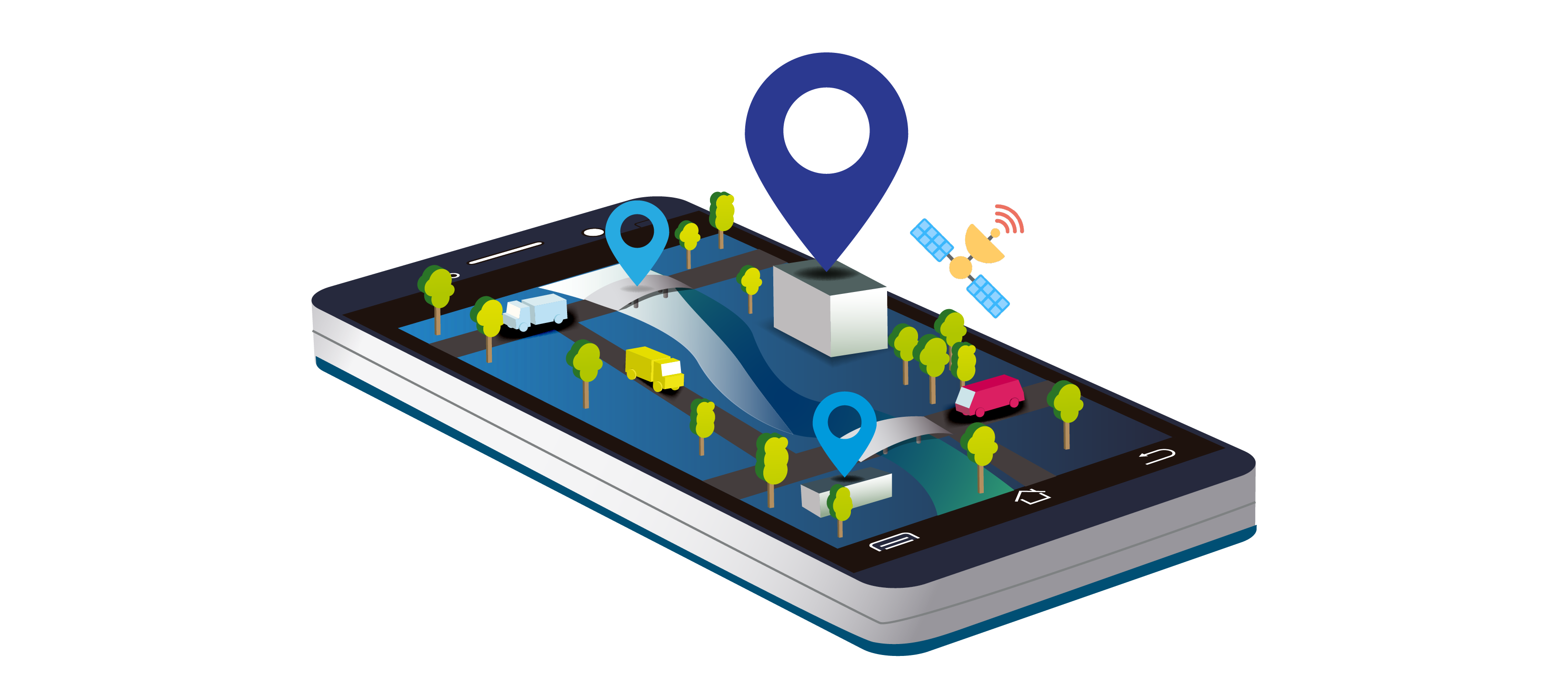
- Begin by outlining the key elements of your navigation app in a Product Discovery Workshop. This will help in the selection of technology stacks and will prevent surprises during development.
- Voice-guided turn-by-turn navigation: Implement clear and accurate voice instructions that guide users through their chosen routes. Ensure the voice instructions are timely, easy to understand, and provide sufficient notice for upcoming turns or exits.
- Real-time traffic information: Integrate real-time traffic data into your app to help users avoid congestion, accidents, or road closures. Display this information visually on the map and offer alternative routes to improve travel efficiency.
- Add useful features like rerouting, which immediately provides an alternate route if the user makes a wrong turn or an accident occurs, and a faster route is available.
- Integrate social media into the app so that users may share their travels and talk to one another to provide information about traffic or other conditions on the road.
- Offline functionality: Include offline maps and navigation capabilities to ensure users can access the app even in areas with limited or no internet connectivity. Allow users to download maps for specific regions or routes in advance.
- Make your app’s UI/UI design as straightforward as you can. The app buttons should be large and prominent so drivers can easily find and tap them. Concentrate on your app’s essential functions; the UI should only include the items necessary for navigation.
In a Nutshell
Creating an app like Google Maps may seem daunting, but with our detailed guide, you can confidently navigate the development process. Remember to prioritize user experience, integrate real-time data, and leverage mapping APIs. If you’re looking for expert guidance and support, our company, Pairroxz Technologies, specializes in app development and can help bring your vision to life. Get started on your journey to building a groundbreaking mapping app that rivals Google Maps. Reach out to Pairroxz Technology today and let us guide you towards success.
FAQs
Question 1: How can you make an app like Google Maps?
Building an app like Google Maps requires careful planning and execution. Follow our detailed guide that covers key steps, including conceptualization, design, development, integration of mapping APIs, and testing. Ensure you prioritize features like navigation, real-time traffic data, and a user-friendly interface.
Question 2: What programming languages are used to develop a mapping app like Google Maps?
Google Maps primarily utilizes programming languages such as Java (for Android), Swift (for iOS), and JavaScript (for web development). Languages like Python, Ruby, or PHP may also be used for backend development, while HTML and CSS are essential for frontend web development.
Question 3: How can you integrate mapping functionalities into my app?
To integrate mapping functionalities, utilize mapping APIs such as Google Maps API, Mapbox API, or OpenStreetMap API. These APIs provide access to map rendering, geocoding, geolocation, route calculation, and other necessary functionalities for a mapping app.
Question 4: How important is real-time data for a mapping app?
Real-time data, especially for navigation and traffic information, is crucial for a mapping app’s success. Incorporating real-time traffic updates helps users make informed decisions, avoid congestion, and find the fastest routes. Consider integrating APIs or partnering with providers for up-to-date data.
Question 5: What are the key considerations for designing a user-friendly mapping app?
Focus on a clean, intuitive user interface with easy-to-understand map controls and navigation options. Implement features like search, bookmarking, voice-guided directions, and interactive elements. Conduct user testing to ensure smooth and efficient user experiences.
Question 6: Is it necessary to have offline functionality in a mapping app?
Offering offline functionality is highly beneficial, allowing users to access maps and directions without an internet connection. Implement map caching, offline map downloads, and basic navigation features to ensure usability in areas with limited or no network coverage.
Question 7: How important is testing and quality assurance for a mapping app?
Testing and quality assurance are vital to ensure your app functions reliably and provides accurate information. Conduct thorough testing of all features, including mapping functionalities, routing, search, and real-time data integration. Perform compatibility testing on different devices and operating systems.



